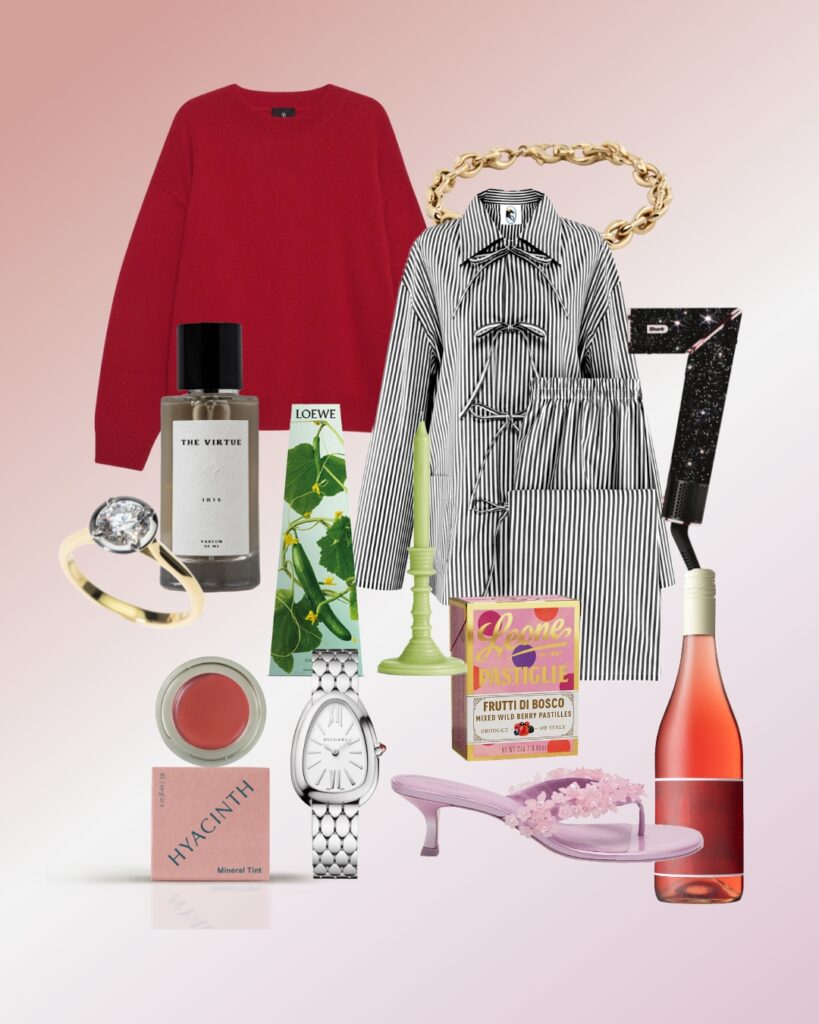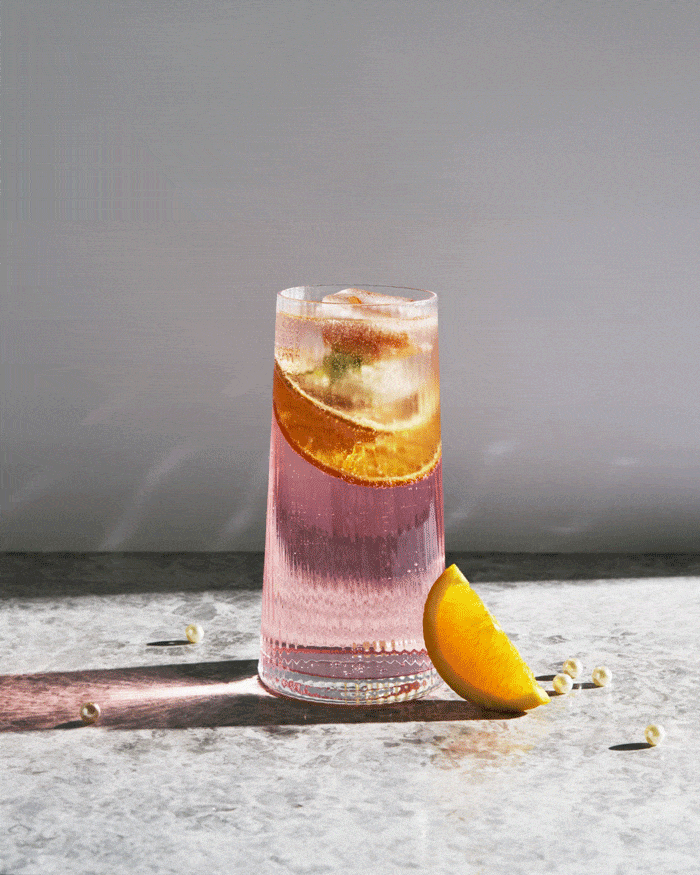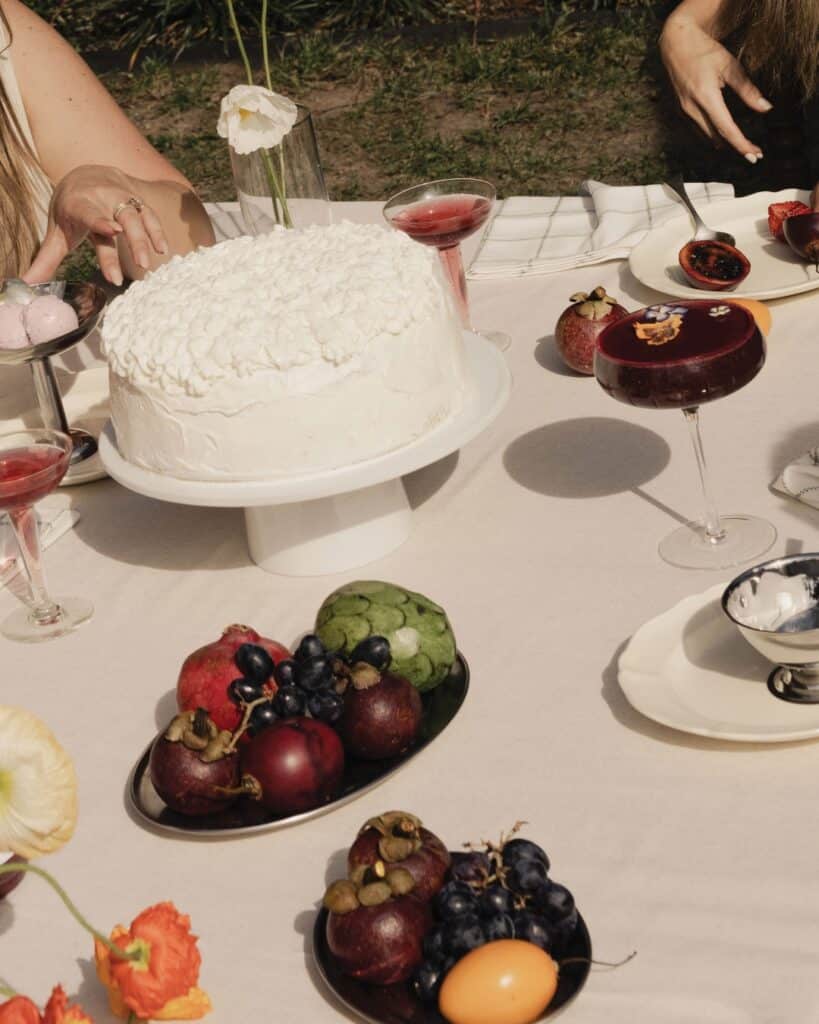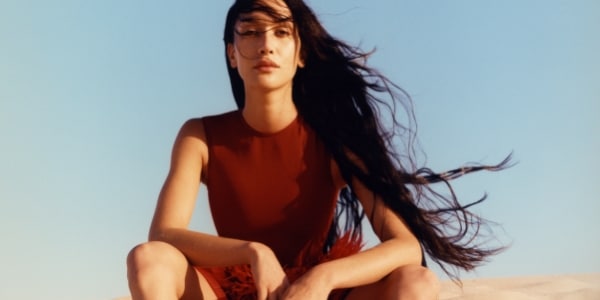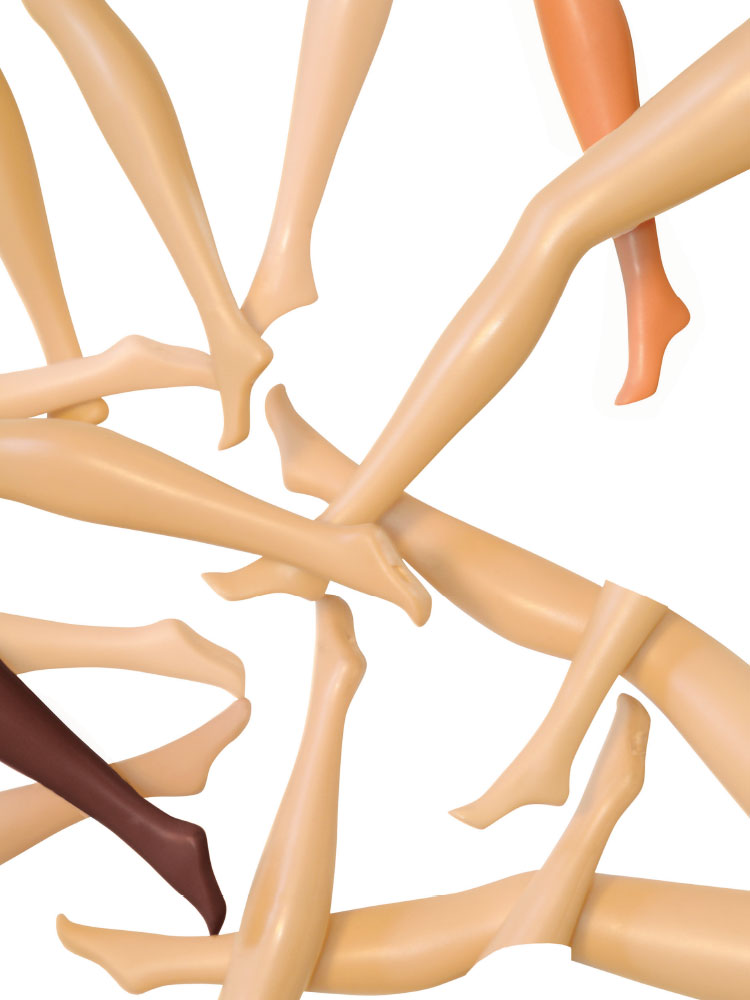
In the business of fashion, diversity is key, but are brands embracing it in their branding? Phoebe Watt investigates
The 800-page tome that was Vogue’s September 2016 issue featured fewer than 100 non-European faces. By contrast, there were 100 European faces to be found within the magazine’s first 60 double-page spreads. That’s before you’ve even hit the contents pages.
As far as different races being represented on the runways, we are told that greater progress is being made. New York-based director of makeup artistry for MAC Cosmetics, Romero Jennings, notes that designers are celebrating diversity and individuality more and more every season – a far cry from the days when, according to African-American supermodel and fashion activist Bethann Hardison, a “no blacks, no ethnics” directive would be issued to modelling agencies by Fashion Week casting directors. But for each step forward it seems there’s two steps back.
At New York Fashion Week in September, it was Marc Jacobs who got himself in hot water. In the eyes of the public, here was just another designer, colour-blind to the error of his ways.
At New York Fashion Week in September, it was Marc Jacobs who got himself in hot water – first for sending white models down the runway with hairpieces fashioned into dreadlocks, and then for responding to the cries of cultural appropriation by professing, misguidedly: “I don’t see colour.” He attempted to clarify his position in an Instagram post but by then, the damage had been done. In the eyes of the public, here was just another designer, colour-blind to the error of his ways.
In a 2013 op-ed for The Washington Post, fashion editor Robin Givhan condemned the global fashion industry for treating race as an “aesthetic flourish”. Even here and now, Kenyan-born New Zealand-raised Sudanese model, Mary Maguet, notes that she is frequently the only model of colour in a cast.
In fairness to local designers, this is probably driven less by a desire for novelty and more by the fact that there aren’t many faces like Mary’s on the books – a circumstance that reflects the size of New Zealand’s African population above anything else. Given New Zealand’s comparatively high Asian population, it could of course be argued that Asian models are underrepresented on our catwalks, campaigns and magazine covers. Problematically though, Asian models in New Zealand are few and far between.
Marissa Findlay – photographer, fashion show producer, and diversity crusader – confirms that not having access to a diverse group of model candidates is a limitation that New Zealand brands face. She also points out that local designers and publications are typically working to tighter budgets than their overseas competitors.
“Realistically, you’re only ever going to be able to use one or two models,” she says, explaining that a model’s attitude is usually a more crucial consideration than whether they tick a diversity box. “But it comes down to creating an image of impact” she says. “And people do need to remember that using a thin, beautiful, young white girl isn’t the only way to achieve that.”
She thinks that, on the whole, New Zealanders are coming around to this idea. “Everyone is definitely pushing for it,” she says, “but there’s still that instinct to use a conventionally beautiful European model because that’s what’s been drilled into everyone for so long.” What Marissa alludes to is a commercial catch-22 that most fashion editors and designers will be familiar with: when your job is to sell clothes or magazines and, historically, the conventionally beautiful European model is who your audience responds to, what is your responsibility then?
“Your responsibility is to change the accepted and expected aesthetic,” says Marissa. “You just have to keep creating beautiful images and get people used to seeing different people in them.”
“You just have to keep creating beautiful images and get people used to seeing different people in them.”
A champion for this cause is Angela Bevan, co-founder of modelling agency The Others, whose books are filled with “dynamic and eclectic personalities”, rather than commercial models with conventional physical traits. It’s not a new idea. 2016 saw the rise of the ‘non-model’ – and we don’t mean actresses and socialites and reality-TV stars replacing supermodels on the covers of magazines. We mean real people. Old people. Different sized people. People of different races and gender identities. People who aren’t five foot 12 and size six with shiny hair and perfect teeth.
New Zealanders have been early adopters of this global trend. Lonely Lingerie continues to set the benchmark for representing body diversity in its marketing materials. Karen Walker, Deadly Ponies and Muse all featured significantly older models in their recent lookbooks and campaigns, and at New Zealand Fashion Week this year, Twenty-seven Names and Huffer both took a ‘friends and family’ approach to casting, following in the footsteps of Zambesi, Workshop and Ruby before them.
You could argue that it’s a real Kiwi thing – cobbling together a cast out of whoever happens to be around. Maybe it is. But to say we are progressive by default doesn’t give enough credit to change-makers like Angela, who was fighting the good fight as early as the year 2000, when she founded her first ‘anti-agency’, Hoipolloi.
“Back then, to have a guy with piercings and tattoos in an ad or an editorial shoot was unheard of,” she says. “But we broadened people’s horizons and in turn, the industry widened its arms. At first it was cool to cast a white guy with tattoos. Then it became cool to cast a non-white model, a bigger model, a transgender model. And it was cool because it reflected a mindset held by an influential sector of society who had become bored and a little bit angry with such narrow representations.”
While this was a great shift, 17 years on there’s more work to be done. For what it’s worth, says Angela, survival should be a motivating factor for brands. “Our kids at The Others have spirit more than any quantifiable thing, and that’s what it’s about,” she says. “It’s about magic. Everyone wants magic in their work and in their messaging, and you don’t get magic if you set narrow parameters.”


